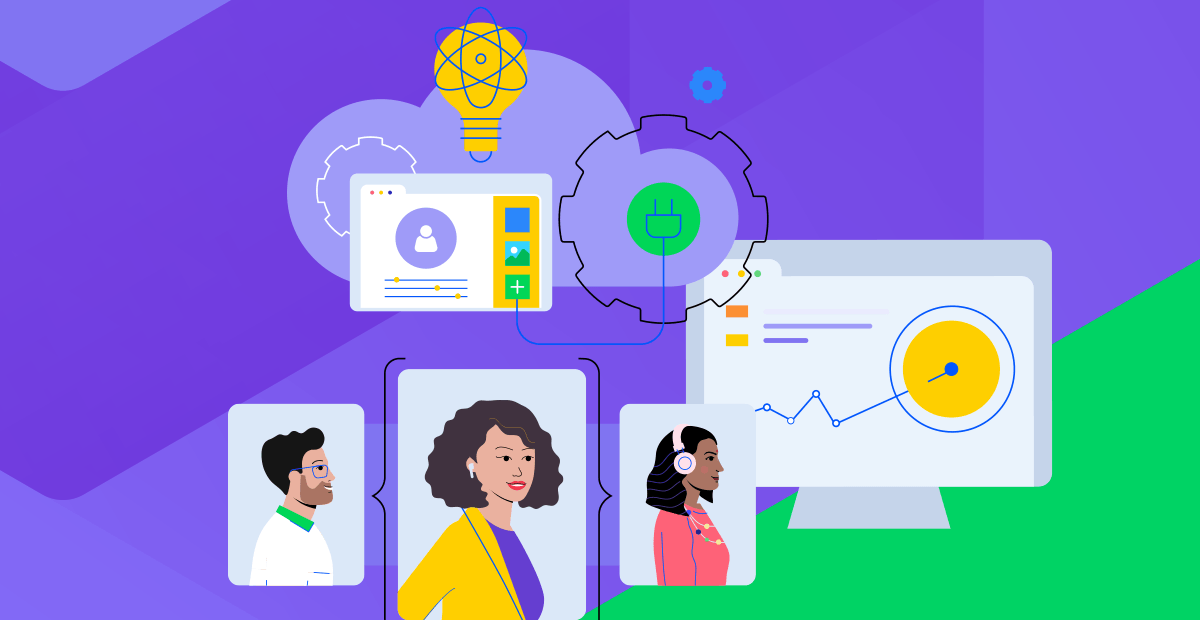Artificial Intelligence and Personalized Customer Journeys

Artificial intelligence can help marketers create personalized customer journeys. How can organizations use this technology to its full potential?
Early this year, Rackspace Technology and Coleman Parkes Research published a report entitled “Are Organizations Succeeding at AI and Machine Learning?” They surveyed 1,870 IT decision-makers across manufacturing, digital native, financial services, retail, government/public sector and healthcare. The global study sought to learn what enterprise applications of AI and Machine Learning (ML) were currently in use by these decision-makers.
They reported that only 40% use AI and ML as a component of data analytics and only 30% use AI and ML to create personalized user journeys. With the intense interest and the real promise of AI and ML, it’s surprising that so many organizations struggle to leverage this technology (Note: AI and ML have some important distinctions, with ML being a subset of AI, but for the remainder of this blog we’ll use AI in a general sense).
Let’s Look at Some History of Customer Journeys
Marketers and industry writers have been discussing the creation of personalized customer journeys for a long time. To find out how long, I began researching the origin of the phrase “Customer Journey.” It is a little difficult to pin down precisely, but I found the term “journey mapping” began to appear, as marketers use it today, sometime in the late 1990s. The origin of the concept, some authorities suggest, was from an article in the journal Marketing Management in 1994.
In that article, titled “Engineering Customer Experiences,” Lewis Carbone and Stephan Haeckel coined the term “experience blueprint” as “a pictorial representation of the experience clues to be engineered, along with specification that describes them and their individual functions.”
Other authorities seeking an origin point to Jan Carlzon’s book Moments of Truth, originally published in 1987. Carlzon uses the words “customer journey” as part of an overall business philosophy, but savvy marketers soon combined his ideas with the stages of the sales cycle—the well-loved and much older Marketing Funnel and AIDA-model, first developed in the 1800’s by Elias St. Elmo Lewis of Philadelphia.
So, although the phrase we are examining appears to have roughly coincided with the global embrace of the Internet, there truly is “nothing new under the Sun”—ironically, that biblical phrase from Ecclesiastes 1:9 was written in the 10th century B.C. (but now I’m drifting farther from my question).
Why are AI-driven, Personalized Customer Journeys So Elusive?
I believe the answer is that the concept is less difficult than the execution. In addition to the technical hurdles, the execution demands an understanding of personalization, personas, customer expectations and the causes of friction in the marketing funnel process as we’ve known it.
There are questions marketers need to ask themselves:
- What level of personalization is required for each stage of the sales process?
- Is there a difference between personalization and segmentation?
- Do personas matter in an age of hyper-personalization?
The answers are: “it varies,” “yes” and “more than ever!”
Testing is the Key to a Successful Personalization Strategy
Much has been written about the power of personalization in messaging, the 360-degree view of the customer and empathy. All of these play a part in the mapping of a terrific user journey that drives conversions. In fact, customers expect to be known by the brands with which they interact.
I don’t have to go into detail about personalization right now, because my colleague Jennifer McAdams has already written a great blog on that topic. I highly recommend you read it. My point is really about the testing needed to prove the efficacy of personalization. For decades, A/B and multivariate testing has been the way we determine whether personalization is working.
My experience with A/B testing began in my days with newspaper production. The process was straightforward—add color to an ad or offer a discount code and track the sales that resulted. Then, you run your larger campaign using the method that performed better.
That seems primitive, but beyond the way we track the results, we have not improved the process much. Traditional testing can provide circumstantial evidence of what worked better, but it cannot usually explain why it worked better or provide any confidence that the results wouldn’t have been different on a different day or under other circumstances.
The Untapped Advantage of AI
What AI can do for testing is accelerate the process, aggregate from multiple sources, and ultimately offer suggestions about what could have performed better rather than merely report what did perform better based upon data from the results of a test. In this application, it’s sometimes accelerated number crunching, but ultimately this eliminates the need to execute as many tests or spend time delivering campaigns that are not optimal.
Sitefinity Insight
Recently, Progress released an updated version of Sitefinity Insight℠. The latest update puts real AI-powered insights in the hands of business users with the ease of use that has been the hallmark of all Progress products. Please, take a look and learn more about it for yourself.

J.D. Little
J.D. Little is a Senior CMS Market Strategist, a creative communicator, an educator and an advocate for change. Beginning his career in traditional media technology, he has been helping business leaders navigate the waves of disruptive innovation for more than 25 years.
Related Tags
Related Articles

Latest Stories in Your Inbox
Subscribe to get all the news, info and tutorials you need to build better business apps and sites